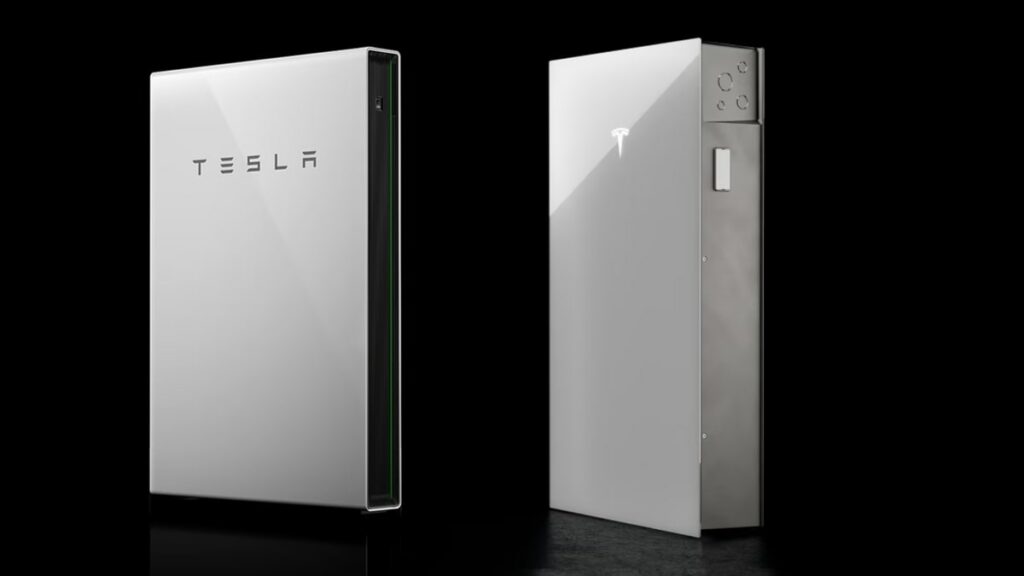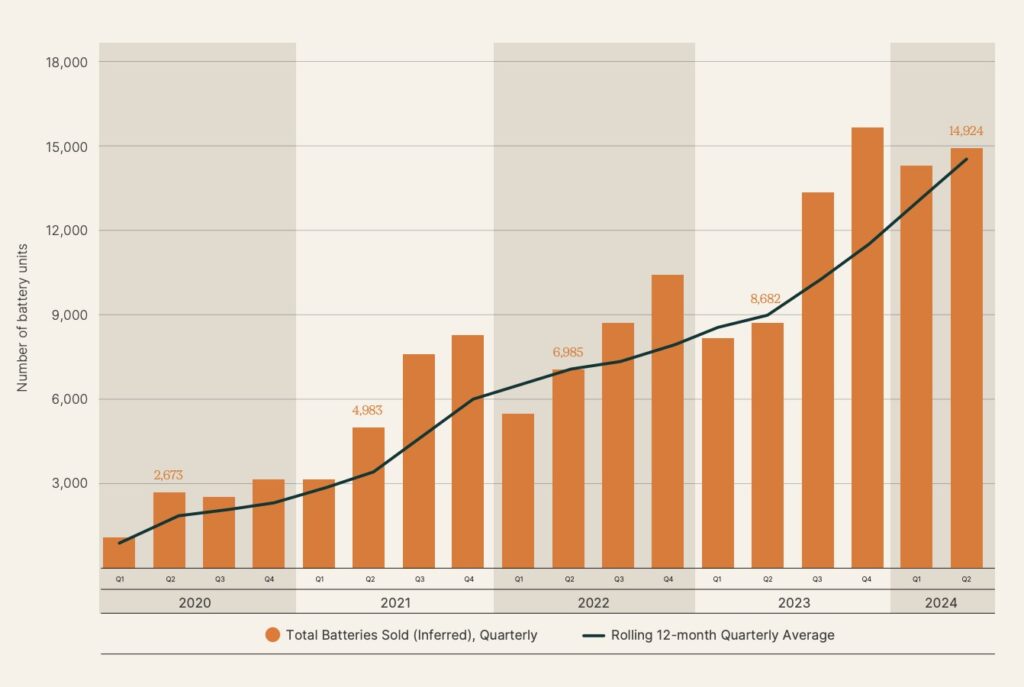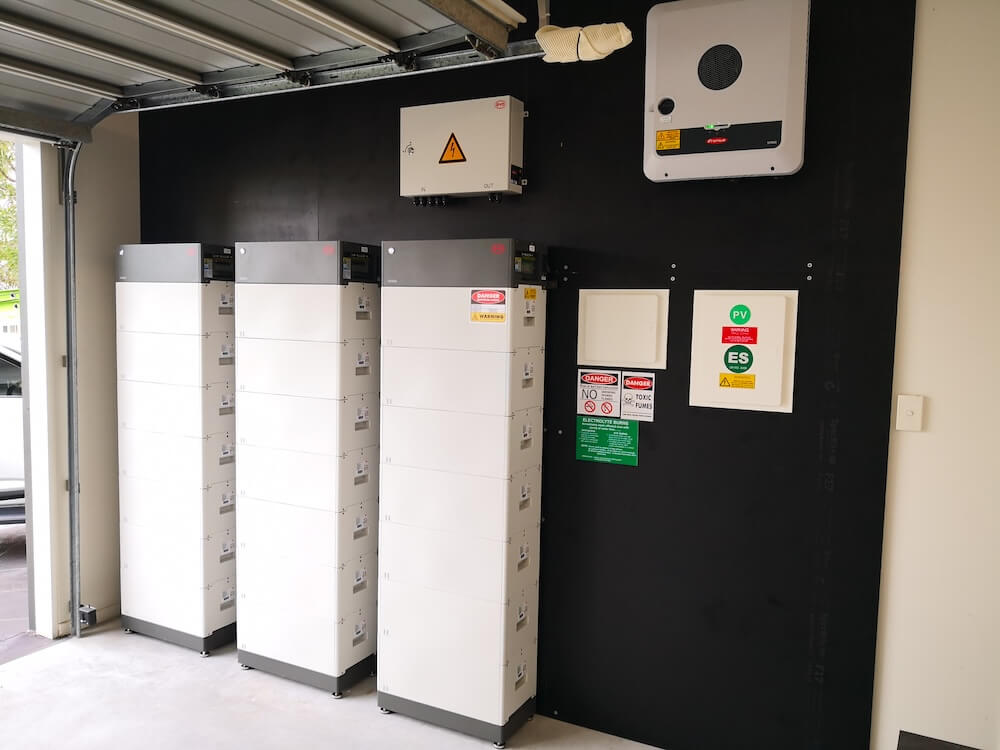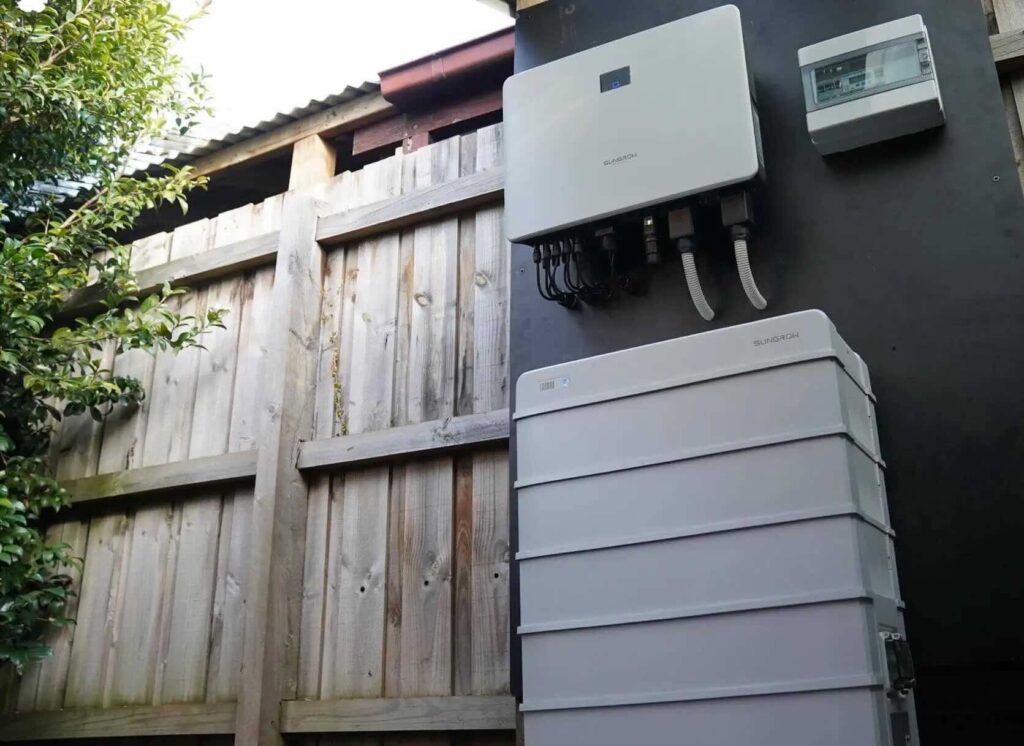The adoption of solar batteries in Australia has seen remarkable growth over recent years. These devices, which store energy generated by solar panels, have become an integral part of achieving energy independence for many households. With their rising popularity, many Australians are keen to know whether solar battery prices will decrease in 2025. This article explores market trends, influencing factors, and what homeowners may expect in the near future.

Why Solar Batteries Are Popular in Australia
Australia’s abundant sunlight and increasing electricity costs make solar batteries a practical choice for households. They enable homeowners to store excess solar energy generated during the day for use at night or during power outages. This reduces reliance on the grid and lowers energy bills.
Government incentives, such as rebates and grants, have further fueled demand for solar batteries. Programs like the New South Wales battery incentive and Victoria’s Solar Homes Program have made these systems more accessible. Additionally, the desire to reduce carbon footprints has prompted many Australians to invest in renewable energy solutions, cementing solar batteries as a popular choice.
Current Solar Battery Prices in Australia
The current cost of solar batteries varies depending on the brand, capacity, and features. On average:
- Entry-Level Models: $5,000 to $7,000 (suitable for small households).
- Mid-Range Models: $8,000 to $12,000 (ideal for average energy consumption).
- Premium Models: $12,000 to $17,000 (designed for larger households or those requiring larger backup power).
These prices typically include the battery unit and installation costs. However, additional components, such as hybrid inverters or backup gateways, can increase the overall expense. Despite these upfront costs, many households find that long-term energy savings offset the investment.

Factors Influencing Solar Battery Prices
Several factors are expected to influence solar battery prices in 2025. Understanding these dynamics can help consumers anticipate future costs:
- Technological Advancements: Innovations in battery technology, particularly in lithium-ion and solid-state batteries, are likely to lower production costs. Enhanced energy density and efficiency in new models could also reduce per-unit costs.
- Increased Manufacturing Scale: As global demand for solar batteries grows, manufacturers are scaling up production. This often leads to economies of scale, which can make products more affordable.
- Market Competition: The entry of new players into the solar battery market is intensifying competition. Companies are motivated to offer high-quality products at competitive prices to gain market share.
- Government Incentives: Rebates and subsidies from Australian states encourage households to adopt solar battery systems. If these incentives continue or expand, they could drive down prices for consumers.
- Raw Material Costs: The availability and cost of raw materials, such as lithium, cobalt, and nickel, significantly affect solar battery prices. Fluctuations in these markets may impact overall costs.

Battery Rebates and Incentives in 2025
Although the initial investment may appear steep, government rebates and incentives can help reduce the overall cost. For instance, some states offer battery-specific rebates or incentives that can substantially lower prices.
New South Wales
Starting 1 November 2024, a new battery incentive in NSW has been introduced, significantly reducing the cost of solar batteries. Additionally, participants can receive payments for joining a Virtual Power Plant (VPP). More information.
ACT
The Sustainable Household Scheme offers zero-interest loans to support the cost of energy-efficient upgrades, such as solar panels and batteries. Loan amounts range from $2,000 to $15,000 and can be repaid over a period of up to 10 years. Further details.
Victoria
The Solar Homes Program in 2024-25 offers 4500 interest-free solar battery loans of up to $8,800. As of December 2024, 1244 loans remain. Further information.
Northern Territory
Home and Business Battery Scheme – as of 1 December 2024, eligible homeowners and businesses can access a grant of $400 per kilowatt hour of useable battery system capacity, up to a maximum grant of $12,000. More information.
Will Solar Battery Prices Fall in 2025?
While predicting exact prices is challenging, trends suggest that solar battery costs could decrease in 2025. The convergence of technological advancements, increased competition, and growing production volumes point to potential price reductions. However, external factors, such as supply chain disruptions or geopolitical tensions, could influence this trajectory.

Reliable Solar Battery Brands in Australia
When considering a solar battery, reliability and performance are paramount. Here are three trusted brands in the Australian market:
1. Tesla Powerwall 3
- Capacity: 13.5 kWh
- Approx Price: $15,000 to $17,000 (installed)
- Features: Tesla’s Powerwall 3 is renowned for its sleek design, integrated inverter, and high energy storage capacity. It offers a 10-year warranty, ensuring long-term reliability for homeowners.
2. Sungrow SBR HV Battery
- Capacity: Modular, starting at 9.6 kWh and expandable up to 25.6 kWh
- Approx Price: $11,000 to $13,000 (installed)
- Features: This battery’s modular design allows scalability to meet varying energy needs. Its affordability and compatibility with Sungrow inverters make it a popular choice among Australian households.
3. BYD Battery-Box Premium HV
- Capacity: 10.2 kWh (base) to 22.1 kWh (expanded)
- Approx Price: $12,000 to $14,000 (installed)
- Features: Scalable design, high energy density, and compatibility with leading hybrid inverters.
The Future of Solar Batteries in Australia
As Australia transitions toward renewable energy, solar batteries will continue to play a vital role in reducing grid dependency and ensuring energy resilience. The combination of technological advancements and supportive policies will likely accelerate their adoption.
Conclusion
Solar battery prices in Australia may decrease in 2025, driven by innovation, competition, and economies of scale. However, external factors could influence costs. For those considering an investment, it may be wise to act now and take advantage of existing incentives. Trusted brands like Tesla, Sungrow, and BYD provide reliable options for various budgets and energy needs. Whether prices fall or not, solar batteries remain a valuable addition to any home, offering energy independence and sustainability for the future.